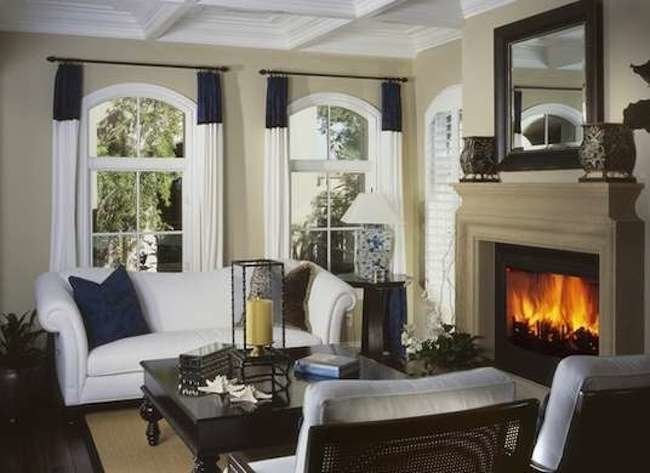We may earn revenue from the products available on this page and participate in affiliate programs. Learn More ›
A Healthy, Happy Hearth
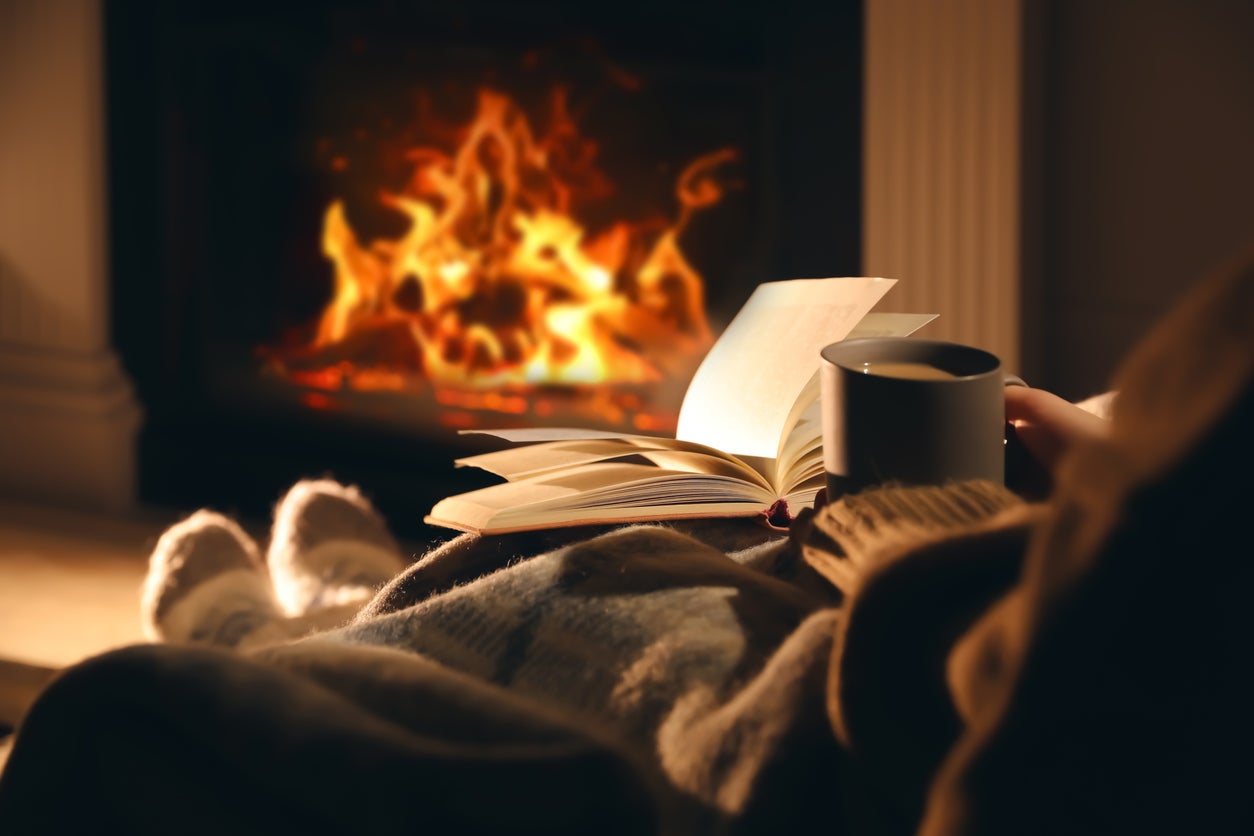
While a fireplace adds warmth, beauty, and coziness to a space, it also requires care, including regular maintenance, responsible use, and periodic refreshing. If these concerns are neglected, a once-lovely fireplace can become a dated, hazardous eyesore over time. Deferred repairs, for instance, can burn through your maintenance budget—or worse yet, burn the whole house down. Because most fireplaces date back to a home’s initial construction, they can pose surprising safety and design problems, especially for unsuspecting new homeowners. Don’t let this happen to you! Instead, avoid these common fireplace-related errors.
Skimping on Maintenance
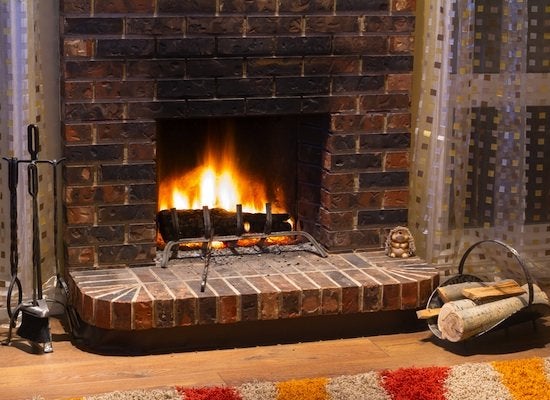
It is important to have your fireplace properly inspected and cleaned by a pro before lighting it for the first time each year. A thorough cleaning and, if necessary, some basic repairs will take care of blockages, chimney deterioration, invasive animal nests, and other common hazards. A chimney cleaning is also a great time to ask questions about the safe use of your fireplace.
Not Minding the Mantel

If your fireplace has a mantel, it is important to pay attention to its shape and size in proportion to the fireplace and the rest of the room. Avoid oversized mantels that can dwarf the fireplace itself, but also steer clear of going too small, or the mantel will look like a strange afterthought.
Failing to Refresh Its Look
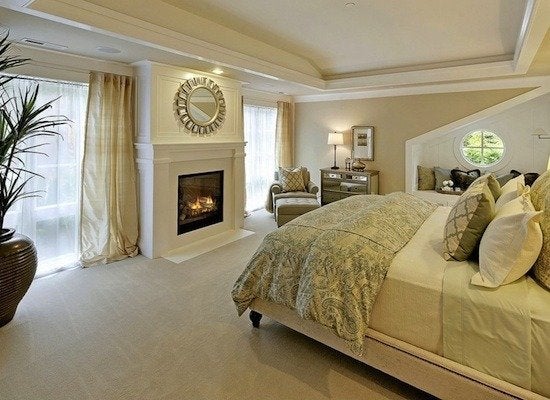
Zillow Digs home in Medina, WA
Because most fireplaces were built when the house was, your fireplace design may not match your personal style—or the rest of your home’s interior, for that matter. If your hearth looks a little dated, paint the mantel a neutral color to help it fade into the background, or jazz it up with fresh, modern colors to give it a cutting-edge look.
Letting Clutter Accumulate
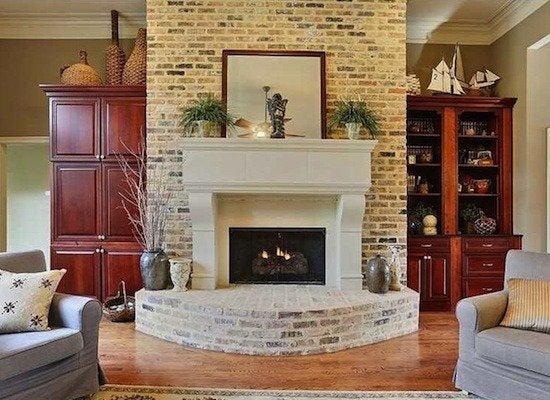
Zillow Digs home in Mandeville, LA
Sure, fireplaces are cozy and charming, but they can also be dangerous, especially when they’re surrounded by clutter. Avoid placing furniture, rugs, or knickknacks too close to a functioning fireplace. Keep the hearth clear of decor, firewood, and other household odds and ends that could fall and ignite.
Letting Ash Build Up
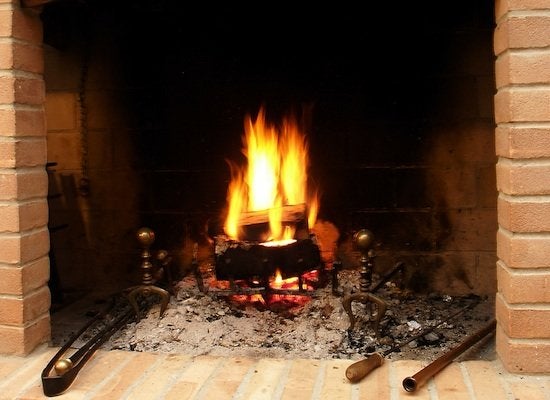
Use an ash vacuum to keep your firebox clean and properly maintained. Don’t allow ash to accumulate, as it can diminish the air quality of your home. Sprinkle coffee grounds over the ashes before sweeping them up to reduce flyaways, and scrub the walls of the fireplace with hearth cleaner to reduce soot.
RELATED: The Best Fireplace Tools to Keep Your Fireplace Clean—and Stylish
Suspending the TV Screen

Mounting a flat-screen TV over a fireplace is a hot decorating trend, but we don’t recommend it. Hanging a TV too high prevents comfortable viewing from the couch, placing strain on the neck and back muscles. What’s more, heat from the fireplace can rise upward and damage the TV.
Forgetting Carbon Monoxide Risks
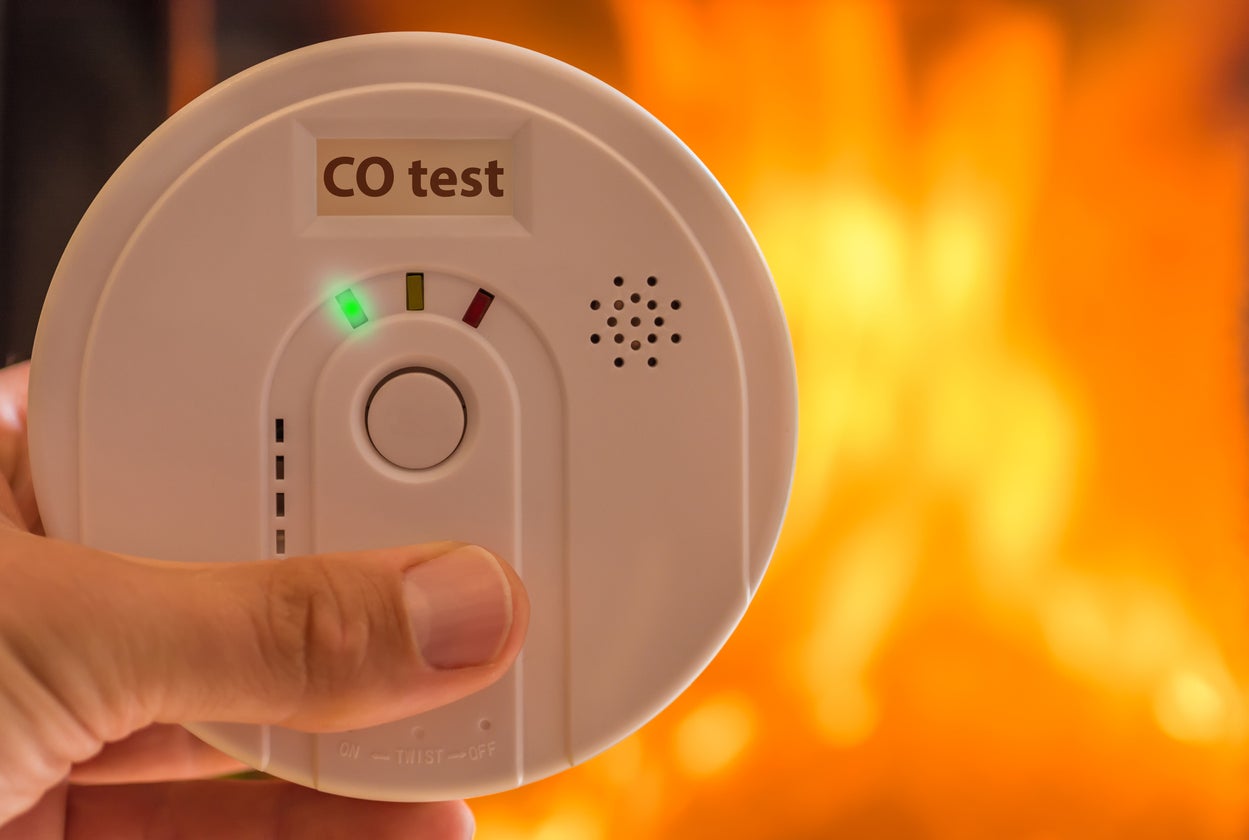
Carbon monoxide detectors are essential in any home, but even moreso if you have a fireplace. These gadgets alert you to dangerous venting issues or gas leaks. Install a detector in the same room as your fireplace as well as one on every level of your house, including the basement. Test the batteries monthly, and replace the detector every 5 to 10 years.
Burning the Wrong Wood
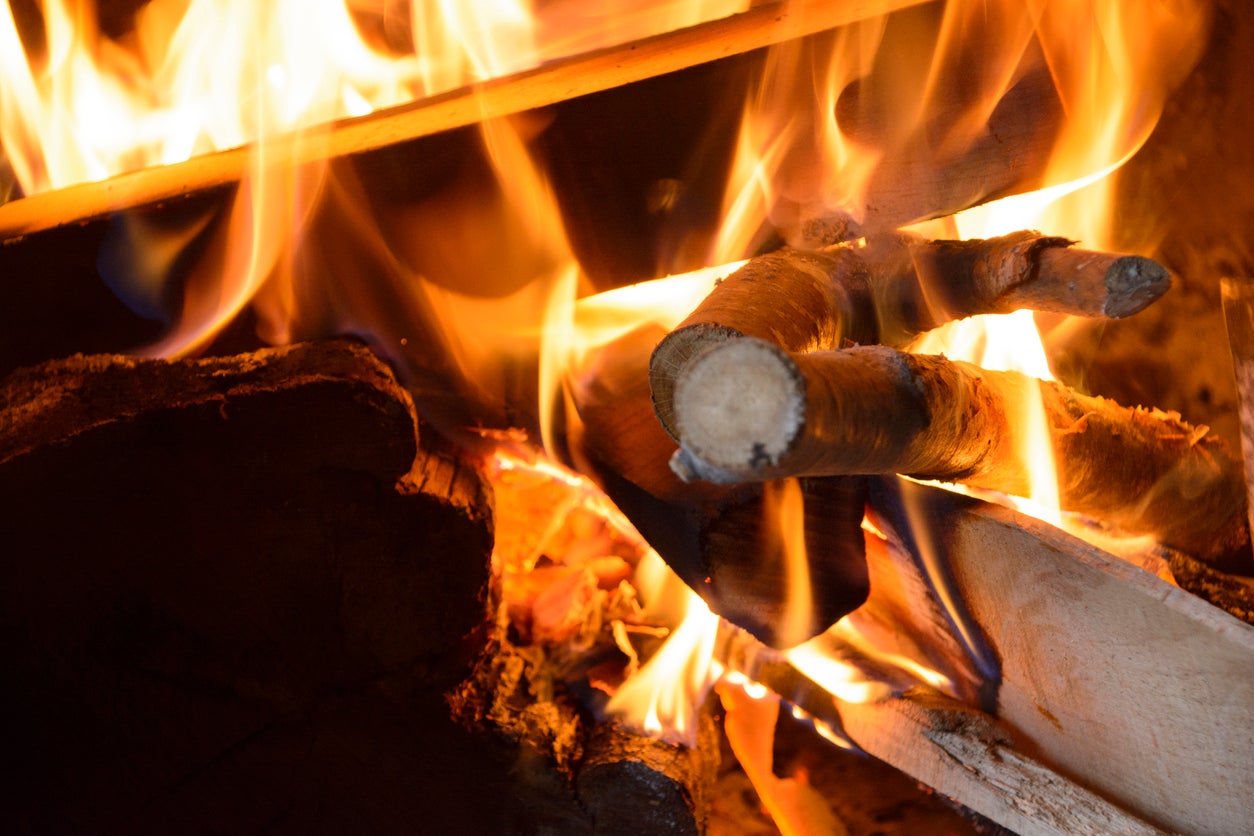
If you have a wood-burning fireplace, make sure you’re only feeding it seasoned wood. Burning unseasoned wood creates a lot of smoke and can lead to creosote buildup over time, and creosote can cause chimney fires. Furthermore, properly seasoned wood burns longer, cleaner, and hotter—a benefit for both indoor and outdoor fireplaces. Pro tip: Never burn trash or pressure-treated wood, either, because they can release unsavory chemicals into the air.
RELATED: The Best (and Worst) Types of Wood for Burning in the Fireplace
Skipping the Screen
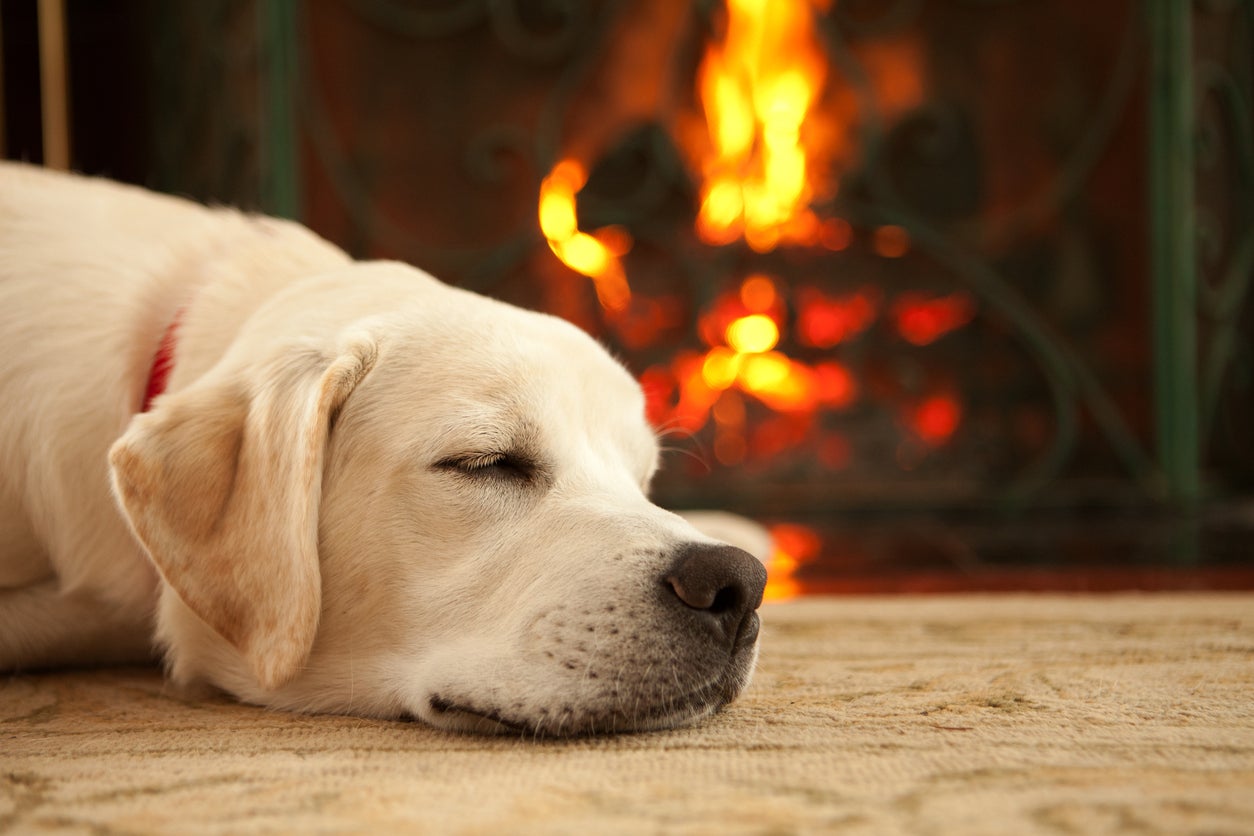
While it’s not a requirement, a fire screen is a great way to keep pets and children away from flames, and prevent sparks and embers from escaping into the room. Fire screens come in a range of sizes and designs, including both freestanding and installed versions. While you’re at it, consider adding a glass door to your fireplace so you can close it off when it’s not in use.
Forgetting the Flue
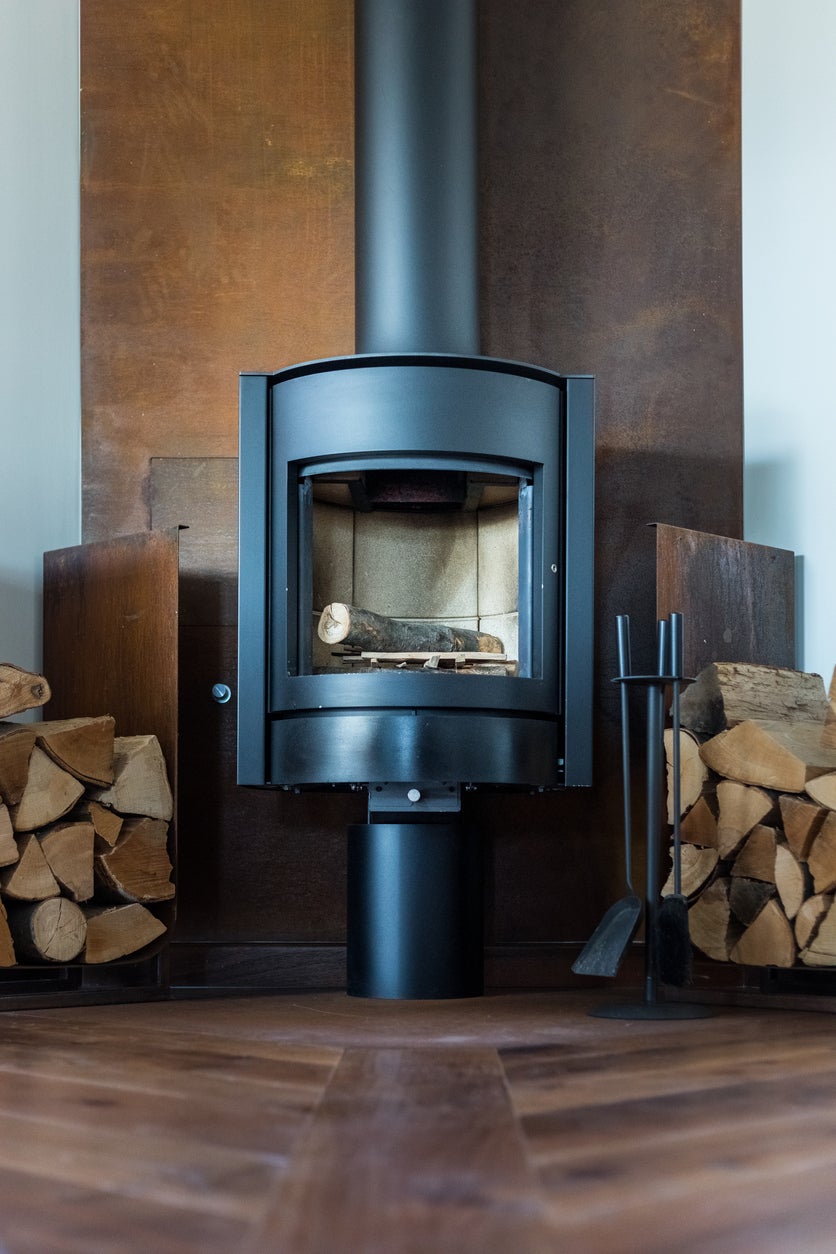
This is basic knowledge, but it’s worth repeating: Before you start a fire, always open the damper completely so air can come down the flue to feed the flames, and smoke can travel out of the fireplace. When the last ember has died down, don’t forget to close the damper again. Leaving it open will create drafts and let expensive heated (or cooled) indoor air escape.
RELATED: Solved! Why Your Fireplace Might Be Smoking Up the House
Not Anticipating Emergencies
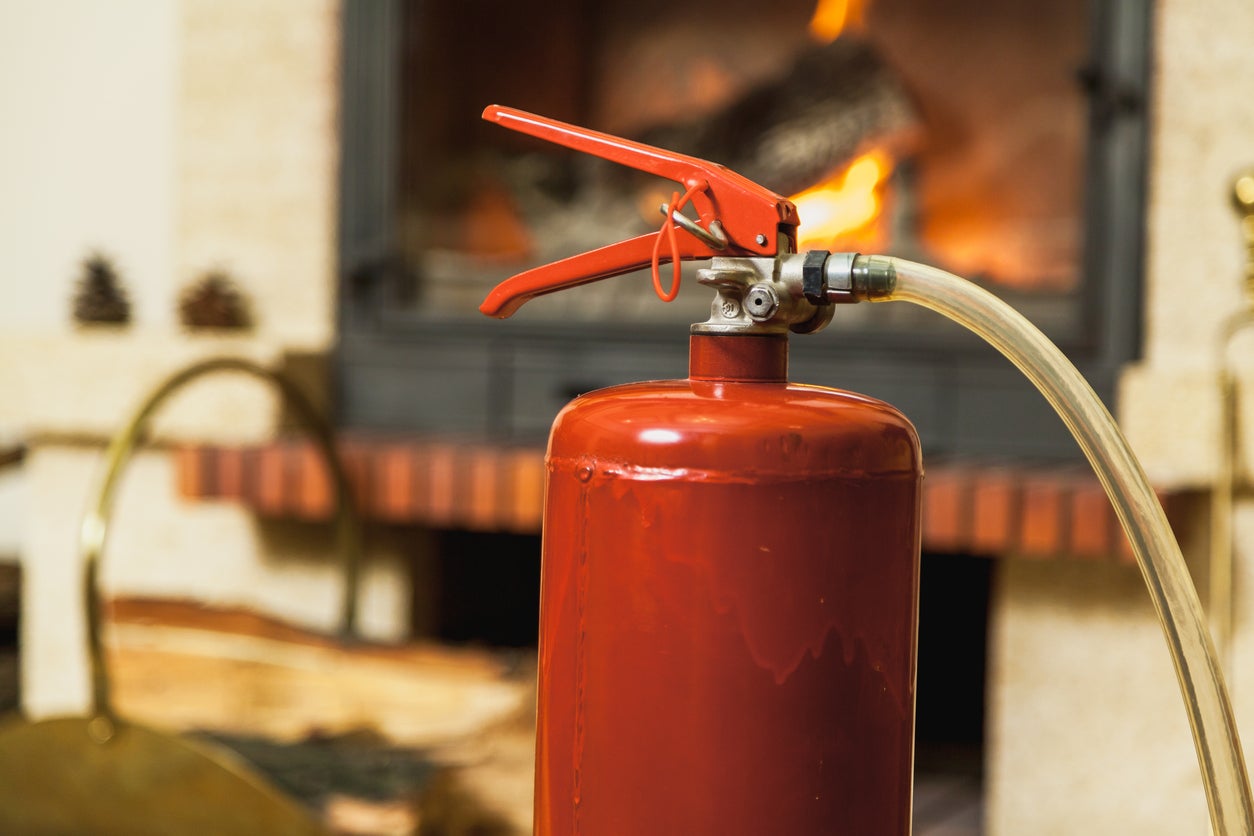
Fire can behave in unexpected ways, so it’s important to be vigilant whenever you’re using a fireplace. Always have a multipurpose fire extinguisher on hand (but not too close to the fireplace!), and never, ever leave a fire unattended.

Everything You Need for a Lush and Healthy Lawn
Keeping your grass green and your plants thriving doesn’t just take a green thumb—it starts with the right tools and supplies.
